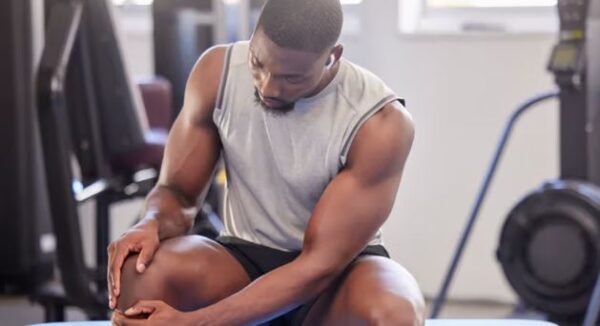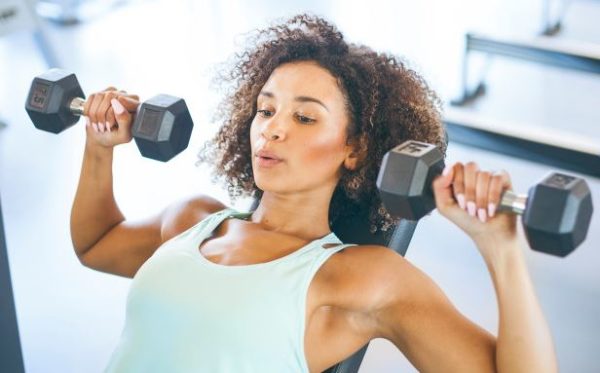Lifestyle
5 ways to ease body pain after a workout

Working out is great for your health, but it can sometimes leave you feeling sore and achy.
Post-workout pain, called Delayed Onset Muscle Soreness (DOMS), can happen to anyone, whether you’re a seasoned athlete or just starting your fitness journey.
There are several effective ways to ease this discomfort and help your body recover more quickly.
Let’s explore five simple methods that can make a big difference in how you feel after exercising.
1. Stretch it out
Stretching is a vital step both before and after your workout. It helps improve flexibility and blood circulation, reducing muscle stiffness. After your workout, focus on static stretching, where you hold each stretch for about 30 seconds. This type of stretching can help relax the muscles and prevent them from tightening up later. Incorporate stretches for all major muscle groups, especially those you used during your workout.
2. Hydrate and eat well
Proper hydration is essential for muscle recovery. Water helps flush out toxins and reduces inflammation. After exercising, replenish lost fluids by drinking plenty of water. Additionally, consuming a balanced meal with protein and carbohydrates within two hours of your workout can aid muscle repair and replenish energy stores Foods like chicken, fish, and vegetables are excellent choices.
3. Ice and heat therapy
Applying ice to sore muscles can reduce inflammation and numb pain. Use an ice pack for 15-20 minutes, several times a day, especially in the first 48 hours after your workout. After the initial inflammation subsides, switch to heat therapy. A warm bath or heating pad can help relax muscles and improve blood flow, which aids in the healing process.
4. Active recovery
Active recovery involves engaging in low-intensity activities, like walking, swimming, or yoga. These activities increase blood flow to the muscles without putting too much strain on them, helping to clear out lactic acid buildup and reducing stiffness. Gentle movements can also promote the release of endorphins, your body’s natural painkillers, making you feel better both physically and mentally.
5. Massage and foam rolling
Massage and foam rolling are great ways to relieve muscle tension and soreness. A massage can improve circulation and relax tight muscles, while foam rolling can help break up knots and release muscle tightness.
Both methods can be done at home and are particularly useful for targeting specific sore spots. Remember to be gentle and listen to your body to avoid causing more pain.
Post-workout soreness can be a common but manageable part of your fitness journey. With time and care, you’ll be back to feeling strong and ready for your next workout.









